Growth in Aquaculture Practices
The Industrial Aerators Market is poised for growth due to the expanding aquaculture sector. As the global population continues to rise, the demand for sustainable seafood sources is increasing. Aquaculture, which involves the farming of fish and other aquatic organisms, requires effective aeration systems to maintain optimal oxygen levels in water. This is essential for the health and growth of aquatic species. Reports indicate that the aquaculture market is expected to reach a valuation of over 200 billion USD by 2025, which could significantly boost the Industrial Aerators Market. The integration of advanced aeration technologies in aquaculture operations is likely to enhance productivity and sustainability.
Increasing Focus on Sustainable Practices
The Industrial Aerators Market is increasingly influenced by a growing focus on sustainability across various sectors. Industries are recognizing the importance of adopting environmentally friendly practices, which includes the implementation of efficient aeration systems that minimize energy consumption and reduce carbon footprints. This shift towards sustainability is not only driven by regulatory requirements but also by consumer preferences for eco-friendly products. As a result, companies are investing in innovative aeration technologies that align with sustainability goals. The market for sustainable industrial solutions is expected to expand, potentially reaching a valuation of 1 trillion USD by 2027, which could further enhance the prospects of the Industrial Aerators Market.
Expansion of the Food and Beverage Industry
The Industrial Aerators Market is likely to experience growth due to the expansion of the food and beverage sector. As consumer demand for processed and packaged foods continues to rise, manufacturers are increasingly investing in efficient production processes, including the use of aeration systems. These systems are essential for various applications, such as fermentation and wastewater treatment in food processing. The food and beverage industry is projected to grow at a compound annual growth rate of around 5% over the next few years, which may significantly impact the Industrial Aerators Market. The integration of advanced aeration technologies in food production processes is expected to enhance product quality and operational efficiency.
Technological Innovations in Aeration Systems
The Industrial Aerators Market is benefiting from ongoing technological innovations that enhance the efficiency and effectiveness of aeration systems. Recent advancements include the development of energy-efficient aerators and automated control systems that optimize oxygen transfer rates. These innovations not only improve operational efficiency but also reduce energy consumption, which is a critical factor for industries aiming to lower operational costs. The market for advanced aeration technologies is projected to grow, with estimates indicating a potential increase in market size by approximately 5 billion USD by 2026. Such technological progress is likely to drive the Industrial Aerators Market forward, as industries seek to adopt more efficient solutions.
Rising Demand for Wastewater Treatment Solutions
The Industrial Aerators Market is experiencing a notable increase in demand for wastewater treatment solutions. This trend is largely driven by stringent environmental regulations aimed at reducing pollution levels in water bodies. As industries face mounting pressure to comply with these regulations, the adoption of efficient aeration systems becomes paramount. In fact, the market for wastewater treatment is projected to grow significantly, with estimates suggesting a compound annual growth rate of over 6% in the coming years. This growth is likely to propel the Industrial Aerators Market, as aerators play a crucial role in enhancing the efficiency of biological treatment processes, thereby ensuring compliance with environmental standards.


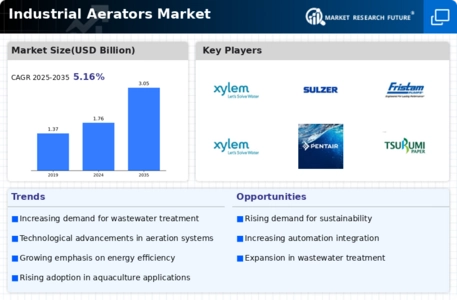
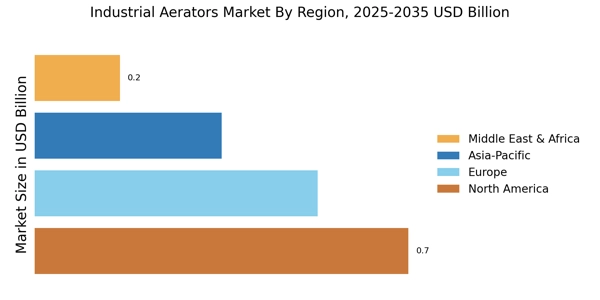
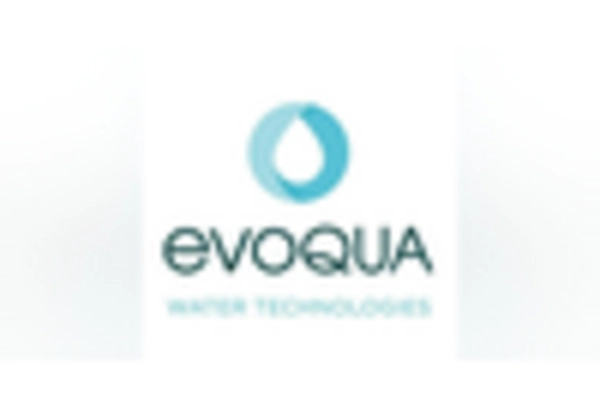
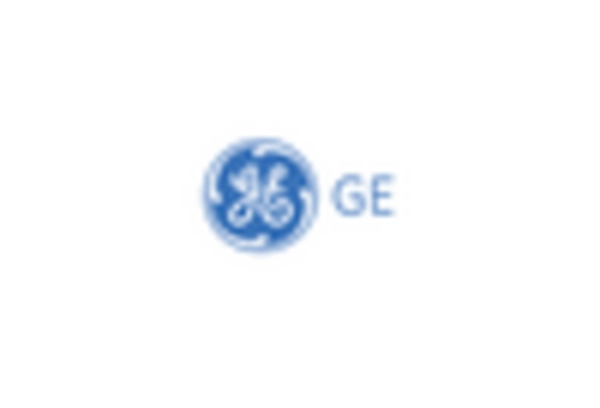
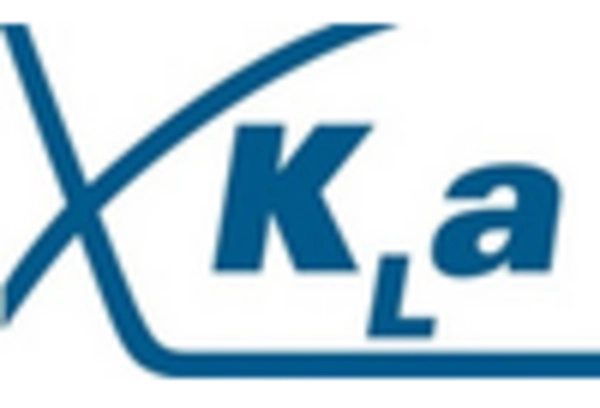
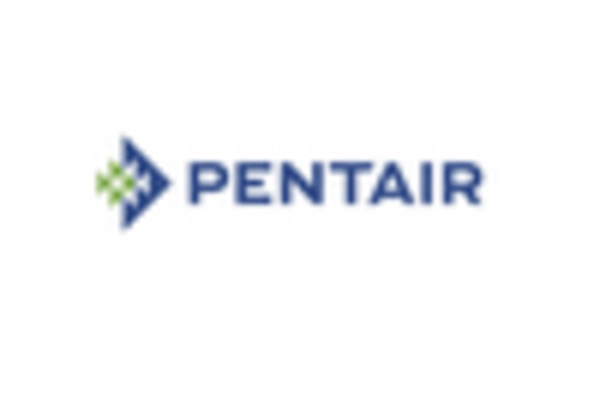
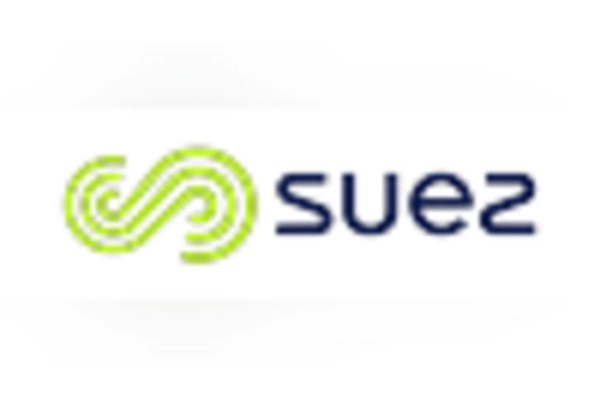
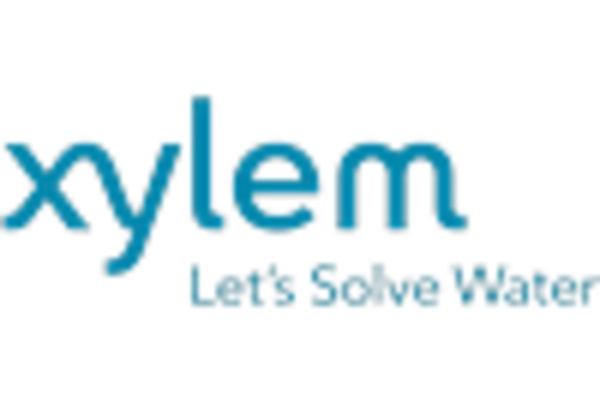








Leave a Comment